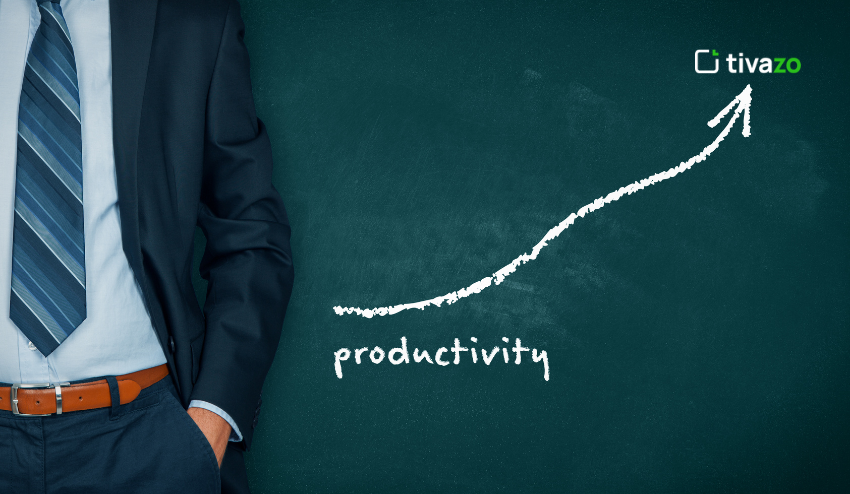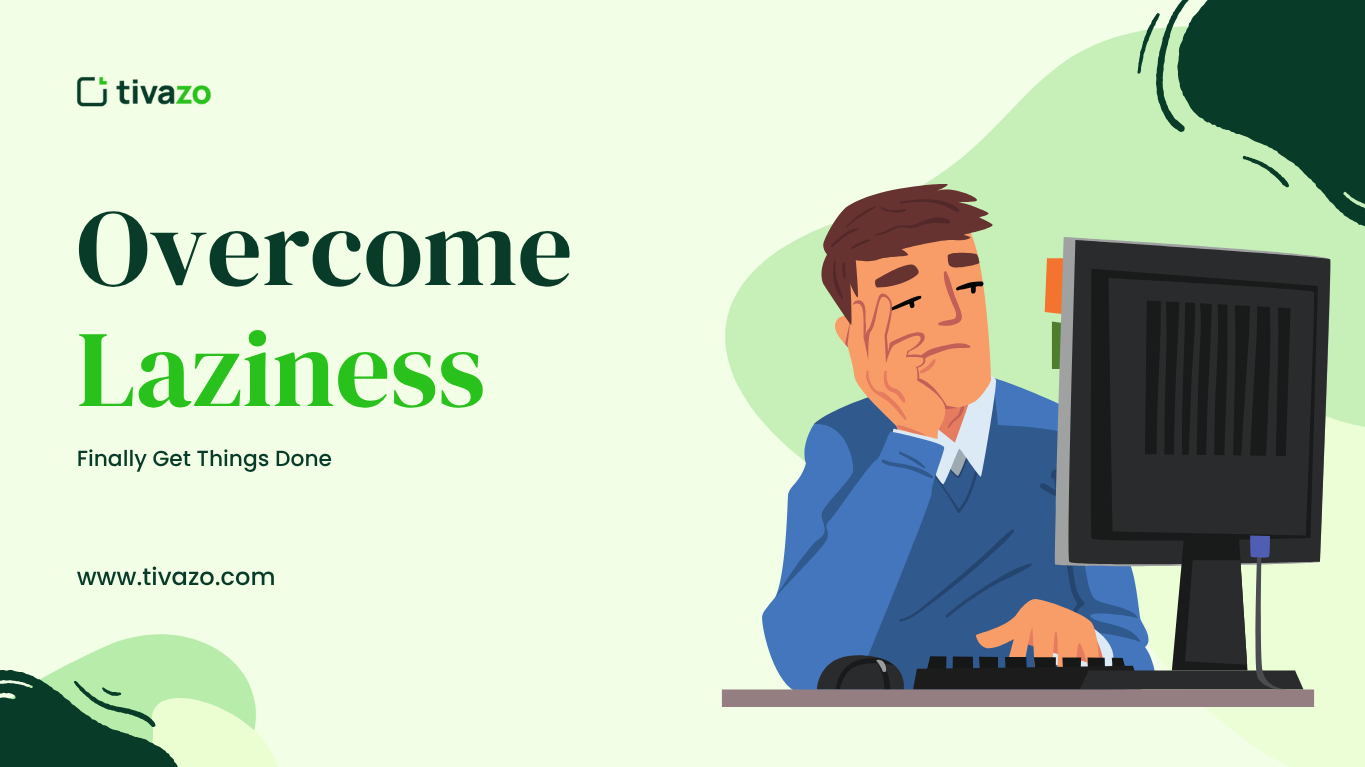Idle time is the unknown enemy of productivity and creeps up unnoticed as it saps efficiency, engagement, and ultimately profits. But what if you could not only identify idle time but recognize it as the opportunity it is? In this ultimate guide, we will dissect everything you need to know about idle time, why it exists, how to calculate it, and 5 smart ways to reduce this and boost productivity.
By the end of this blog, you will have world-class strategies, insights, and take a way actions to keep your team fully engaged and top performing.
Key Highlights:
- What is Idle Time
- How to Track Idle Time Effectively
- Manual vs Automatic Tracking
- 5 Smart Ways to Reduce Idle Time and Boost Productivity
- Calculation Formula and Examples
- Benefits of Reducing Idle Time
- The Smartest Way to Reduce and Manage Idle Time
What is Idle Time? (Deep Dive)
Idle time is defined as a period when employees, machines, or systems are available for use but not engaged in productive work. It can apply to any kind of industry, whether you are managing a remote team, running a manufacturing line, or running a creative agency.
It is generally avoidable and typically rash from ‘less than peer’ process efficiencies. Downtime usually is from unavoidable reasons, like scheduled system maintenance or unavoidable mechanical failures.
Why Idle Time Happens in the Workplace
Idle time can occur in the workplace for so many reasons, including:
- Waiting for a required approval
- Imbalance in workload between team members
- Machine or system downtime
- Workplace boredom or employee burnout
- Distractions from working from home
How to Track Idle Time Effectively
Tracking idle time is a necessity for organizations wanting to stay competitive. The best way for organizations to track employee time is to use tracking software that identifies days or weeks of inactivity automatically. Programs like this do all the heavy lifting and offer real-time alerts, a productivity dashboard, a log of the user’s activity, and even the option to set different time thresholds.
Another way to track this is to have employees log themselves, which is not very accurate or reliable. Not being automated makes logging for periods of inactivity less accurate, as tracking software logs periods of inactivity based on mouse or keyboard, or app inactivity.
Manual vs Automatic Tracking
- Manual tracking: Employees log themselves, which can lead to inaccuracies.
- Automatic tracking: Software records idle periods based on mouse, keyboard, or app inactivity.

Idle Time in Remote Work: Unique Challenges and Solutions
Remote teams experience all kinds of unique challenges with complete time. Distractions from the home environment, poor physical supervision, and interruptions to a workflow can all contribute to extended periods. If you use specific tracking software designed for remote teams, there are excellent ways for companies to control and administer this problem.
A few examples for managers are to clear the working schedule, remove ambiguity, and build trust and accountability in the workforce while minimizing micro-management. Talk to your managers about addressing time and productivity. The opportunities to increase productivity with modifications to the remote work environment can be highly impactful.
5 Smart Ways to Reduce Idle Time and Boost Productivity
5 Smart Ways to Reduce Idle Time and Boost Productivity

1. Implement Real-Time Employee Monitoring
If it does occur, with tracking software, it would let managers see in real-time exactly how long employees are sitting idle. Between sending idle alerts, real-time screenshots, and very robust reports with activity breakdowns, managers could have better insight into how employees are spending their work hours. Plus, provide access to immediate feedback in dealing with unproductive times of the day and managing distractions quickly to keep workflows agile.
2. Automate Task Allocation and Approvals
The most significant time is when staff stop work to wait for something new to work on, or to wait for activity approval. If a project management software is in place, task assignment can be completely automated, creating a dynamic, real-time way to recommend what staff should work on based on priorities, skills, and availability.
Likewise, the same can be done with automated approvals. Removing the manual task assignment and approval process will help reduce wait times by taking the manual approval out of getting process, so the employee does not wait as long to continue on to their next step of the workflow.
3. Use Idle Time Tracking Software with Alerts
Having idle time tracking software that allows employees to send alerts will keep employees aware of the time spent being unproductive, which they will self-correct. The alerts also provide accountability for everyone’s contribution to the collaboration, and managers will intervene as well. This is particularly critical with remote teams, so when they are not supervised by managers, the employees are still aware of their productivity.
Consistent alerts can provide immediate motivation to act and provide value awareness about superior time management. Over time, this proactive approach can create a culture in which employees cultivate self-discipline and, instead of merely minimizing it, the employees do so organically.
4. Provide Employee Training and Upskilling During Idle Periods
Opportunities can create real value for the employee and team. We can keep employees engaged by creating a course bundle, supporting cross-training, and allowing time for brainstorming during it. It can be converted into absolutely productive time, not only by allowing continual learning, but also by completely innovative thinking.
The best thing about this is that it allows employees to use downtime precisely to expand their skillset and contribute new ideas to the larger body of the company. In the end, this increases employee development and increases the organization’s ability to be flexible and competitive in the larger market.
5. Set Clear Productivity Goals and Performance Metrics
Helping your employees create clear and measurable goals gives them a direction toward success and decreases procrastination. Establish KPIs for time spent on tasks, and employees will better understand expectations while also tracking their performance. By creating daily and weekly goals that are manageable, your employees will stay motivated to limit downtime and instead remain productive. Clear goals create accountability, and employees can recognize where they are relative to their respective goals.
Over time, this approach will enable teams to build similar productive habits, which will automate the decreased in downtime and the increase of efficiency.
Calculation Formula and Examples
Idle time can be calculated with this formula:
Idle Time = Scheduled Time – Actual Working Time
Example:
- Scheduled Time: 8 hours
- Actual Working Time: 6 hours
8 – 6 = 2 hours
This calculation can be adapted for both individual employees and machines.
How Tivazo Solves Idle Time Challenges
Tivazo is uniquely designed to solve idle time accurately and easily, not like alternatives that are built to eliminate (reduce)it, not change it into data that managers can act upon immediately
Tivazo offers Real-time tracking and alerts, Custom thresholds for teams or individuals, Detailed activity dashboards that show idle trends, and Comprehensive reports for management foresight
With Tivazo, you will be able to accurately track time, set meaningful benchmarks, and receive timely alerts to keep teams as focused and productive as possible by making it manageable and visible to allow all of your teams to stay interconnected at all times.
Benefits of Reducing Idle Time
Decreasing idle time in the workplace doesn’t just change the way hours are spent — it changes the very flow and culture of your organization. When idle periods are reduced, teams can spend their time working on more meaningful activities that manage deadlines on a more regular basis, and general morale improves.
The long-term effects of decreasing idle periods extend well beyond short-term productivity benefits, touching on employee satisfaction and operational excellence. Here are some of the most common advantages organizations reap when they endeavor to manage it:

- Heightened productivity by teams
- Reduced project delays
- Heightened employee engagement
- Improved operational performance
- Greater utilization of time
Common Mistakes to Avoid
One of the biggest mistakes organizations can make is micromanaging employees, which undermines trust and encourages disengagement. Another common mistake is placing sole reliance on manual tracking, which often leads to data that is at best inaccurate. In addition to the above, many supervisors focus solely on reacting to the symptoms, rather than addressing root causes, which renders long-term success nearly impossible.
Failing to involve employees in the problem-solving process can also create resistance, as workers feel excluded from productivity decisions that directly affect them. Some companies also overlook the importance of consistent training, leaving teams without the skills to handle unexpected downtime effectively. Finally, ignoring small, recurring idle periods can cause these issues to accumulate over time, leading to significant productivity losses that are much harder to reverse.
- Micromanaging employees: Trust is key.
- Relying solely on manual tracking: It’s often inaccurate.
- Ignoring root causes: Fix the system, not just the symptoms.
How Leading Companies Successfully Manage Idle Time
Top organizations utilize automated tracking technology coupled with active engagement of their employees and a relentless pursuit of small efficiencies to manage idle time effectively. Real-time information provides businesses with the capability to promptly act to resolve productivity challenges before they turn into issues.
There is a focus on accountability, on continuous improvement, and on having employees who are active and engaged, working toward satisfying the work expectations of their place of business. By leveraging the people side of work and the smart use of tools, these organizations maximize productivity. None of the ways of managing people is rocket science and is transferable in size or industry.
How to Minimize Idle Time in Manufacturing and Production
In manufacturing, idle time is often due to equipment failure or supply chain risks. Reducing these problems involves using predictive maintenance to prevent machine failure before it happens. It also requires streamlining the supply chain to make sure the right materials and components are supplied just in time, reducing waiting time at the production line.
In addition, using real-time tracking to monitor equipment gives managers the ability to quickly locate bottlenecks and inefficiencies. By confronting these specific issues, manufacturers can not only reduce but also develop operational reliability and output quality, increase profitability, and potentially keep employees engaged.
The Smartest Way to Reduce and Manage Idle Time
Managing idle time starts with creating systems for awareness and proactive workflows. Real-time tracking, configurable alerts, and productivity reports make it easy for teams to see that they are on track and accountable throughout the day. When employees are aware of their work habits and managers can review clear and actionable data quickly, it will take care of itself.
The smartest way to address idle time isn’t to micromanage; it’s to give teams the ability to self-correct with the proper tools and processes. By providing real-time visibility and an opportunity for continuous improvement, organizations will be able to effectively transform time to valuable, productive time.
Conclusion: Mastering Idle Time for a Productive Workplace
Everyone has idle time, but it does not need to shape your place of work. There are tools, processes, and a mindset that help to track, manage, reduce, and foster a high-performing, engaged team.
Use tracking software, real-time monitoring, and proactive productivity planning to turn your workplace into a productivity machine.




